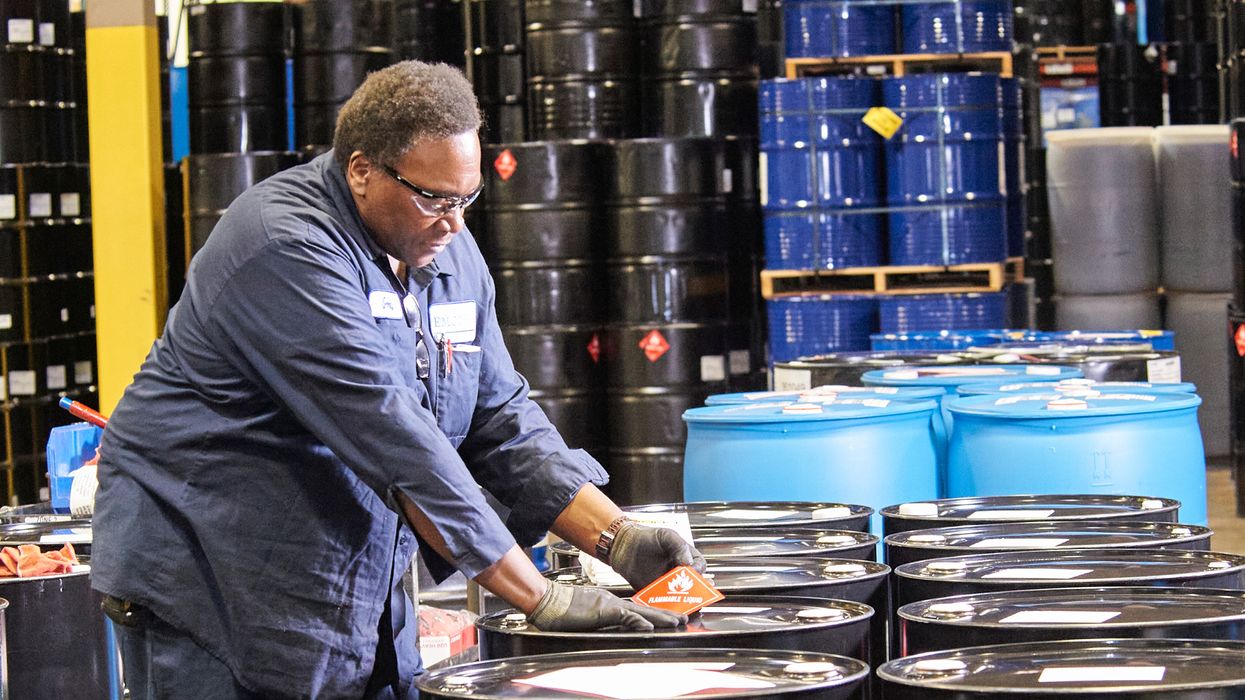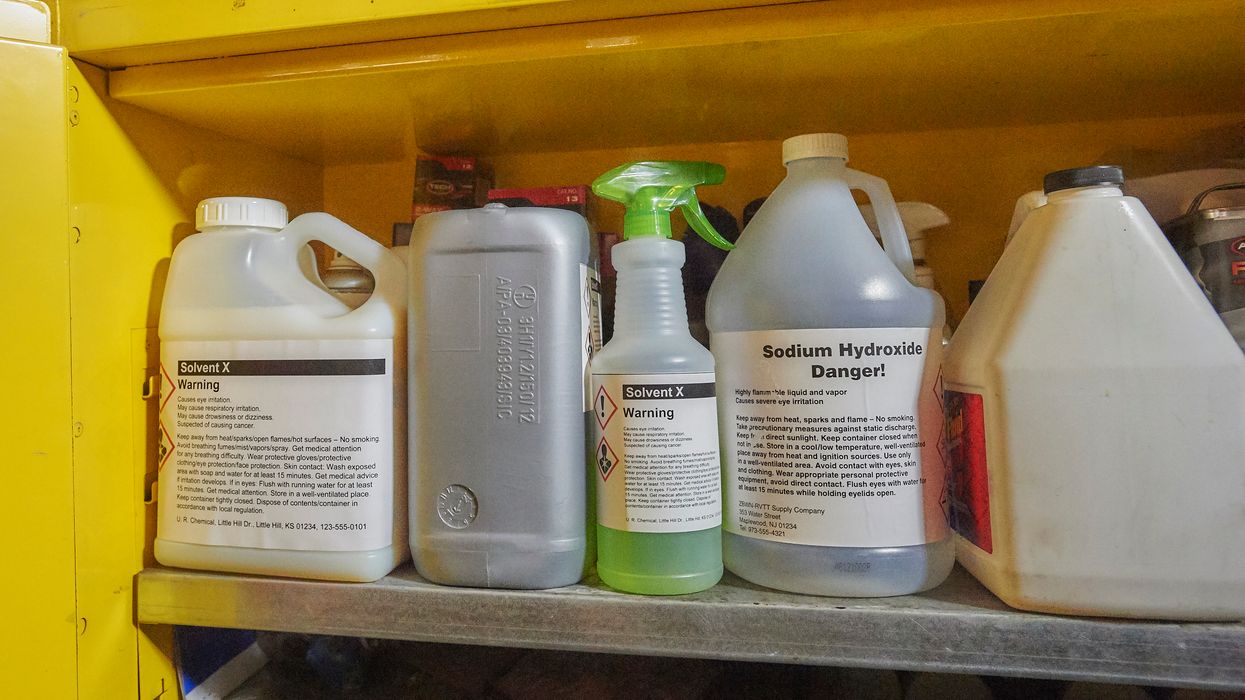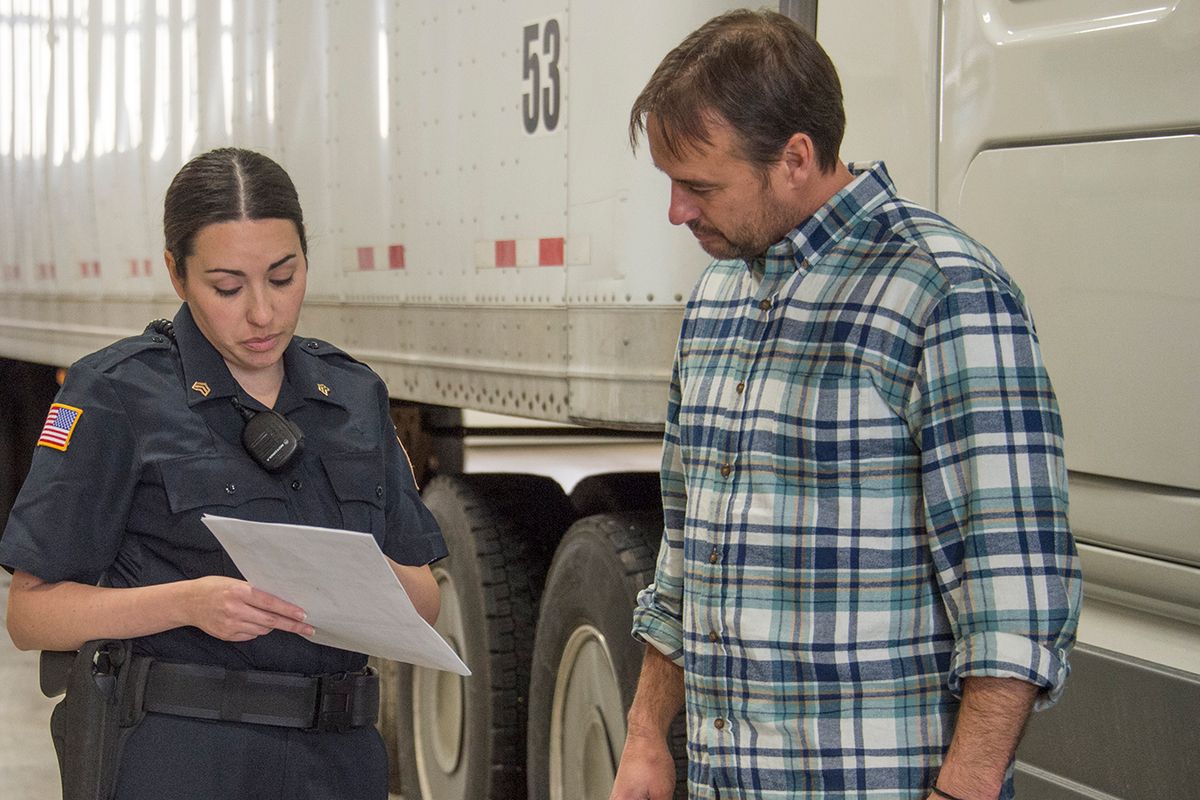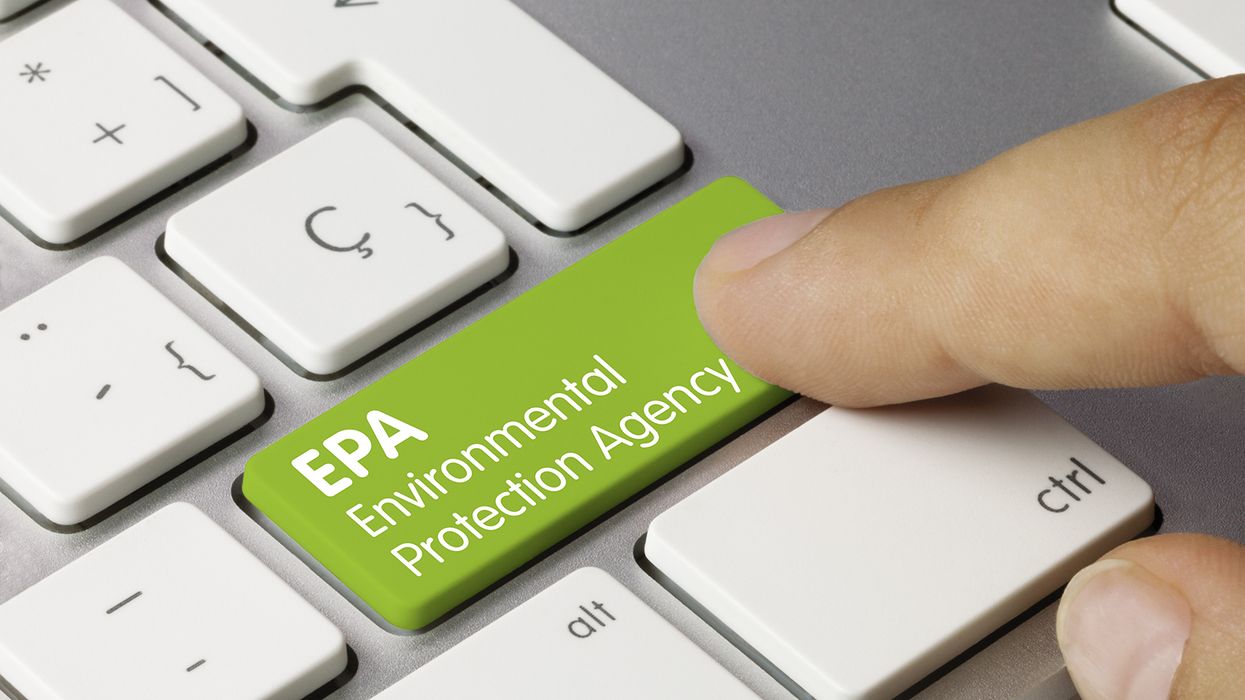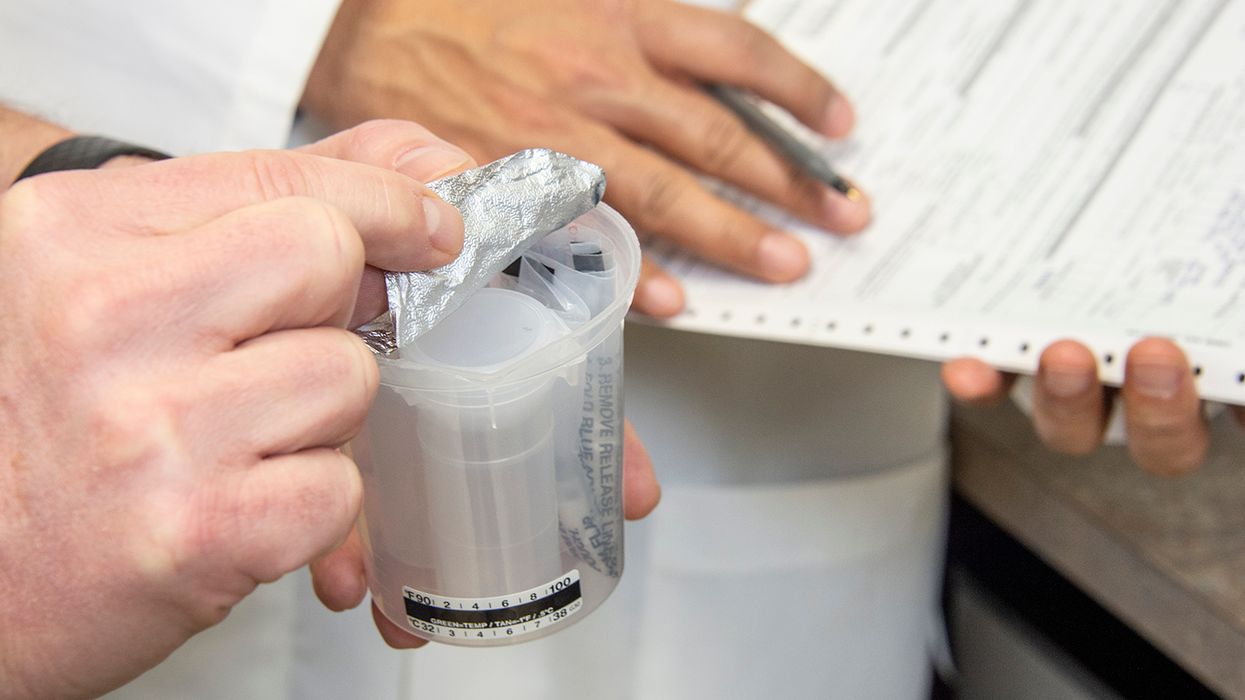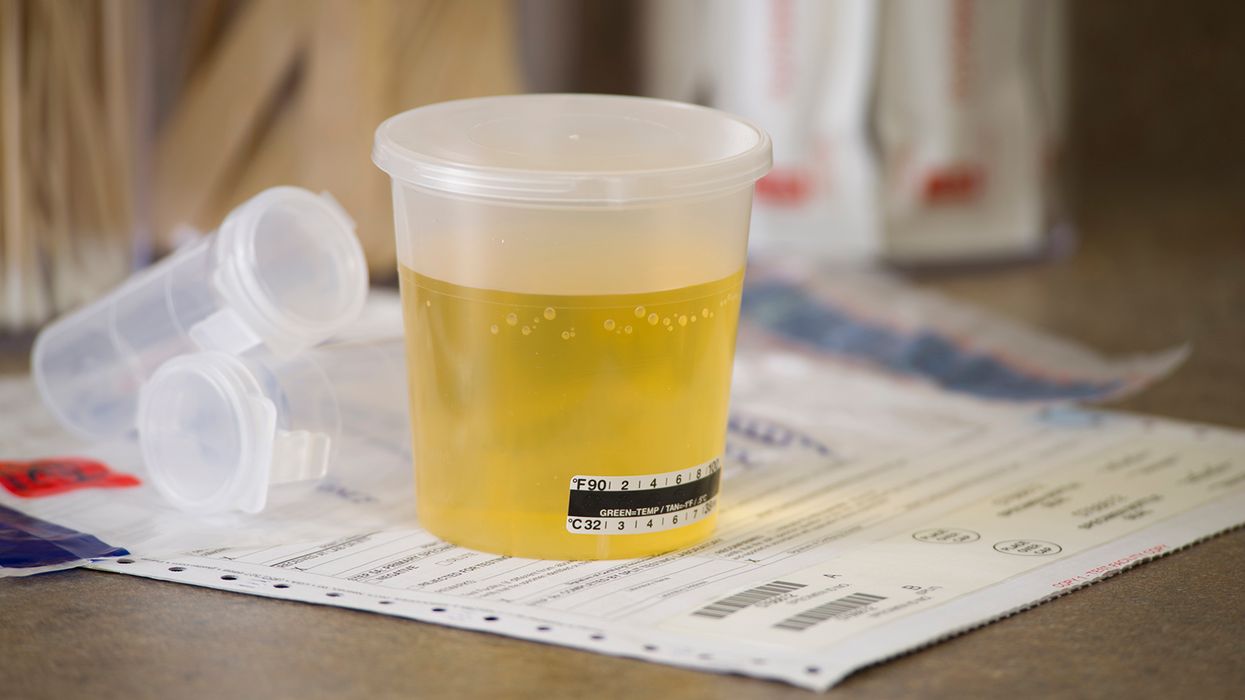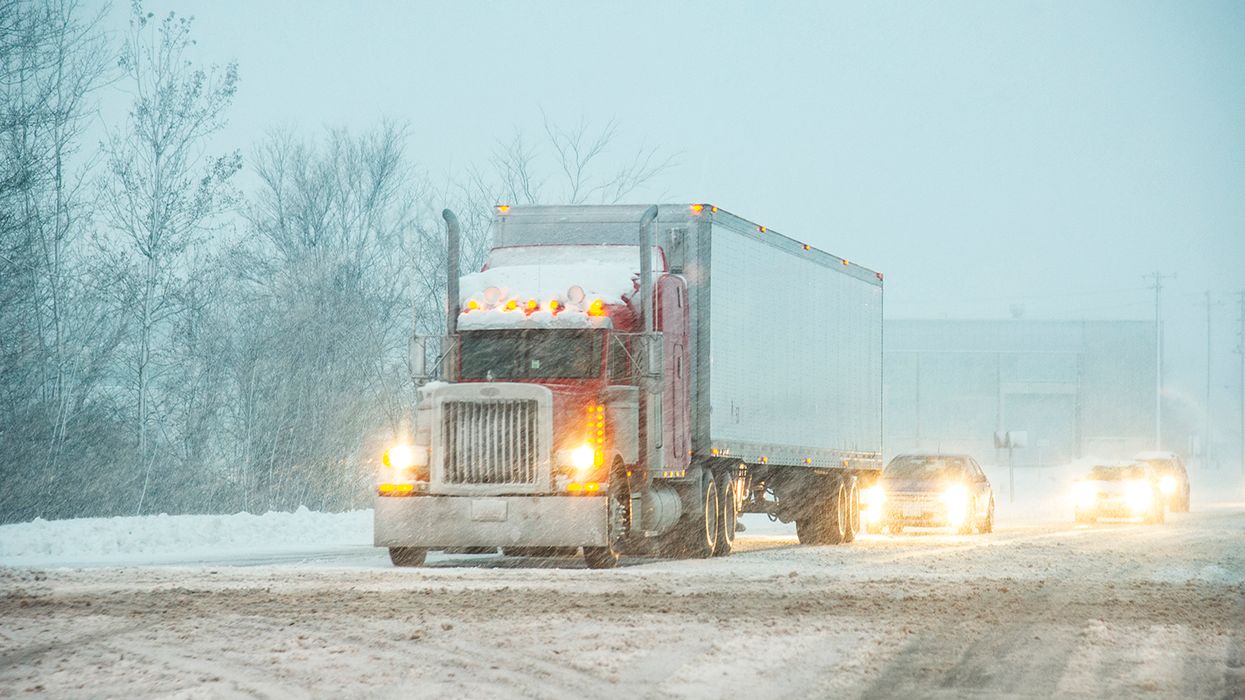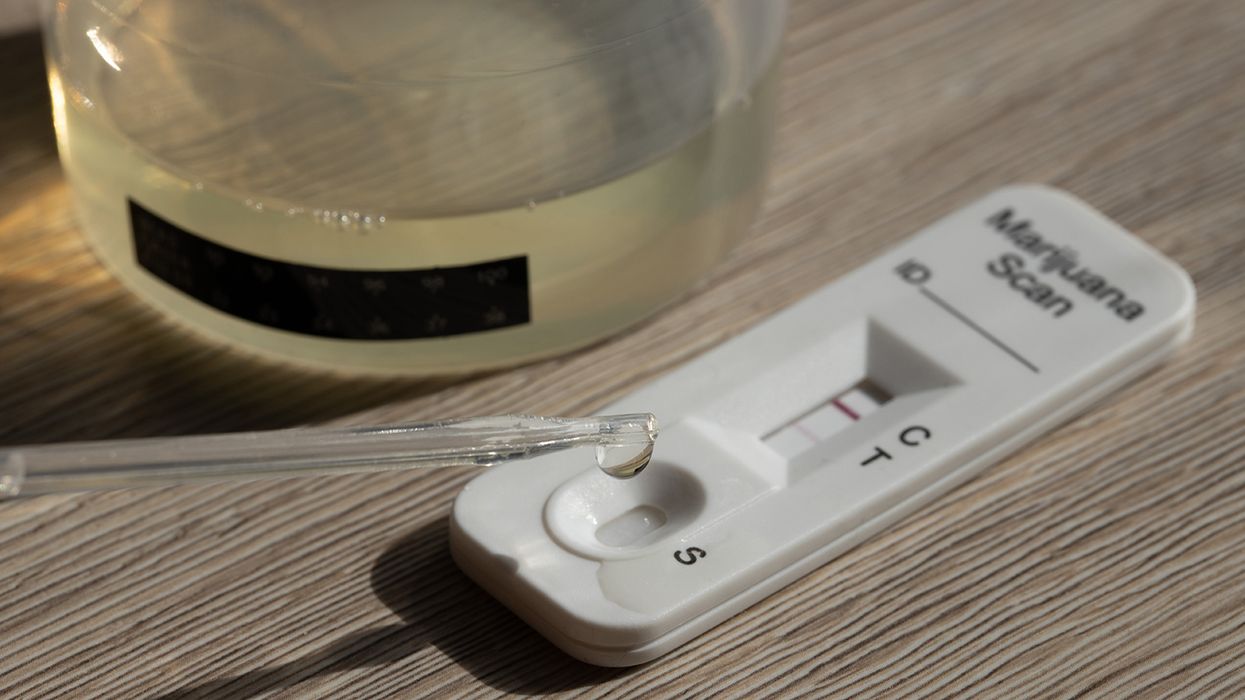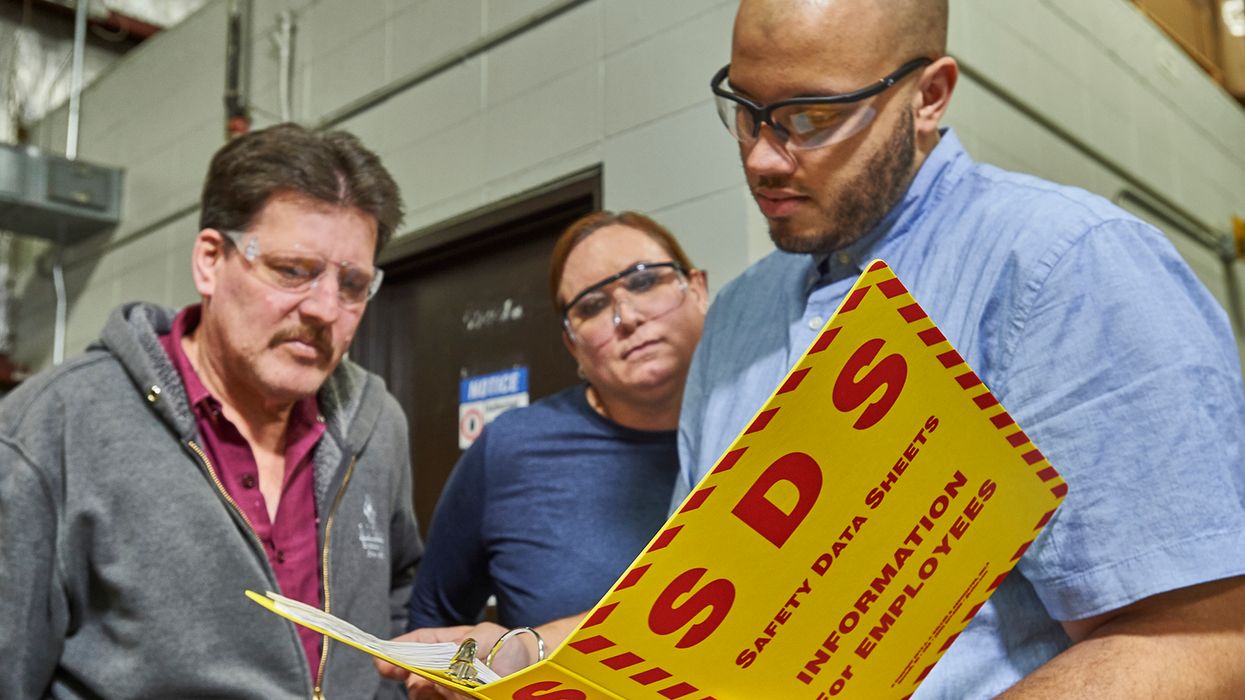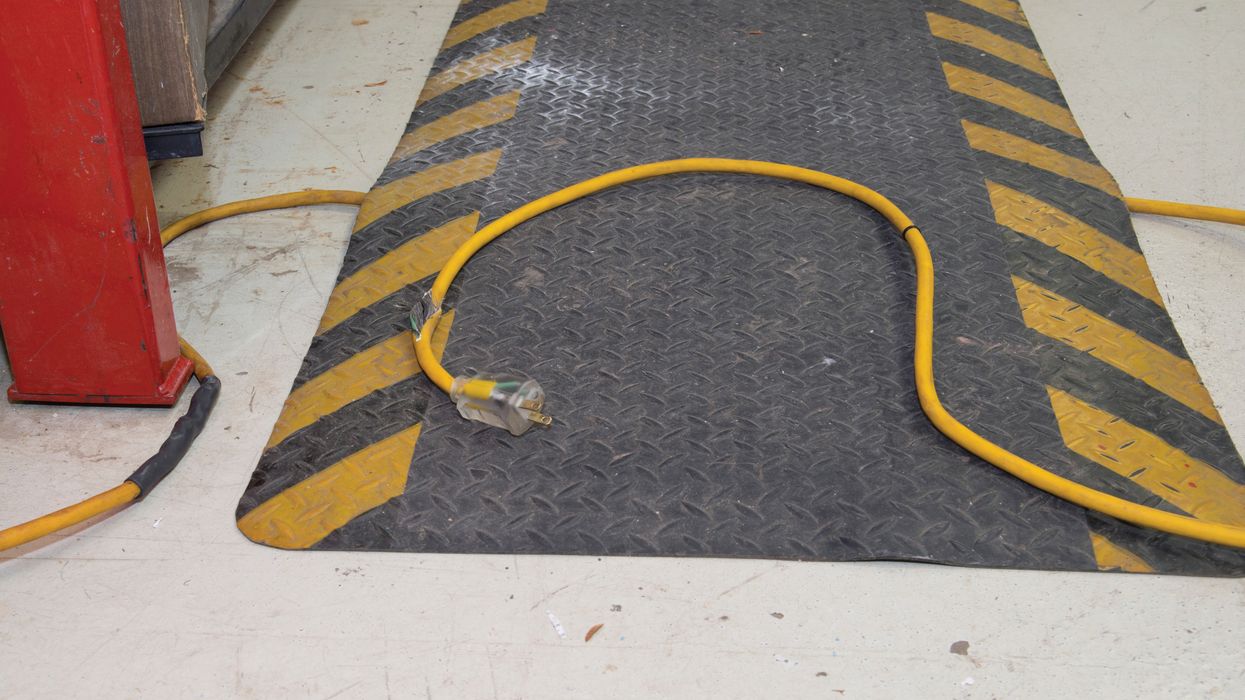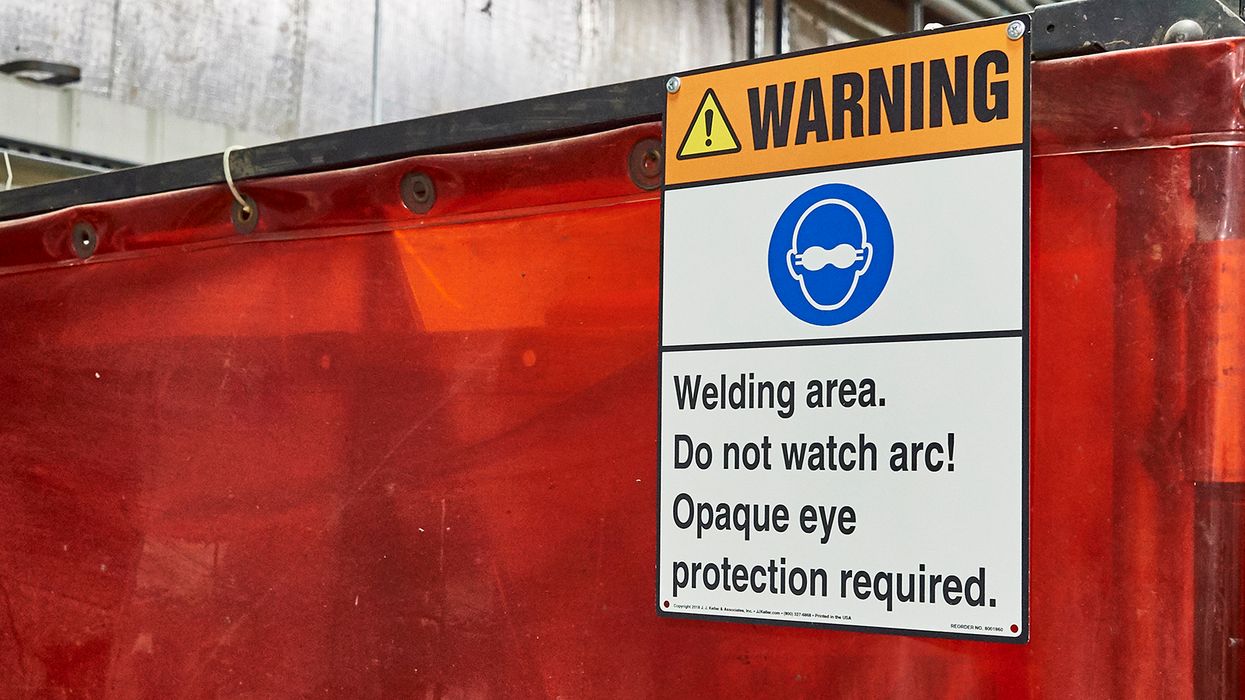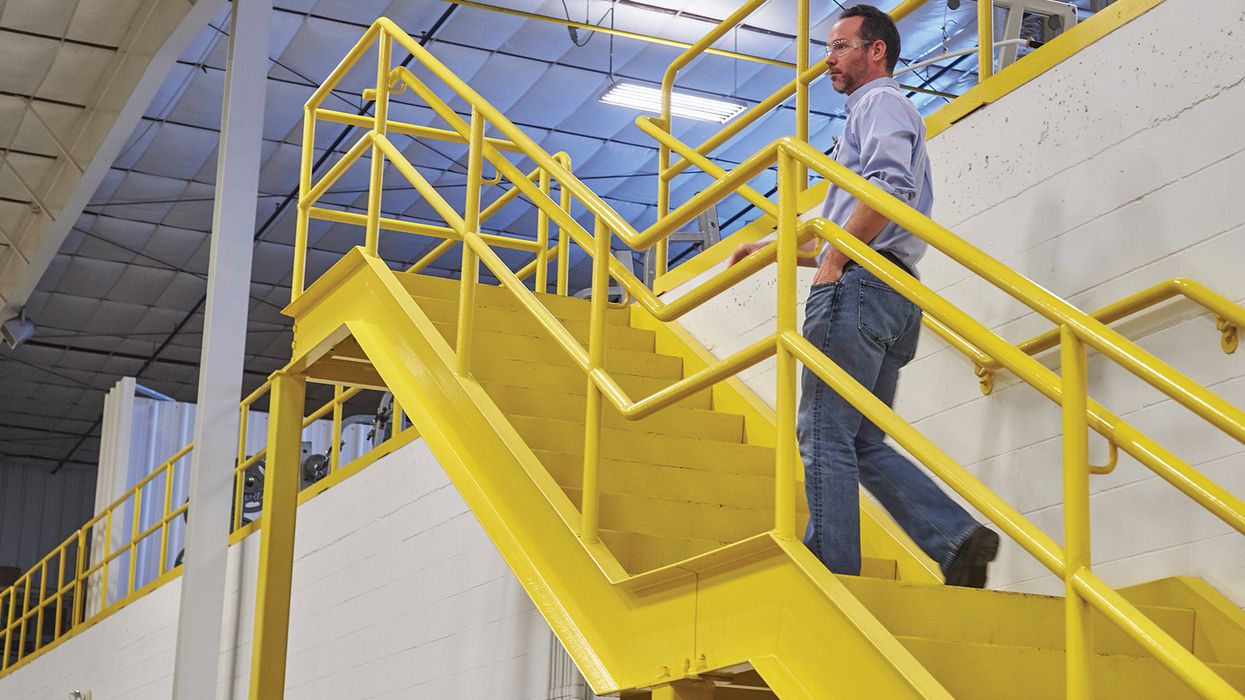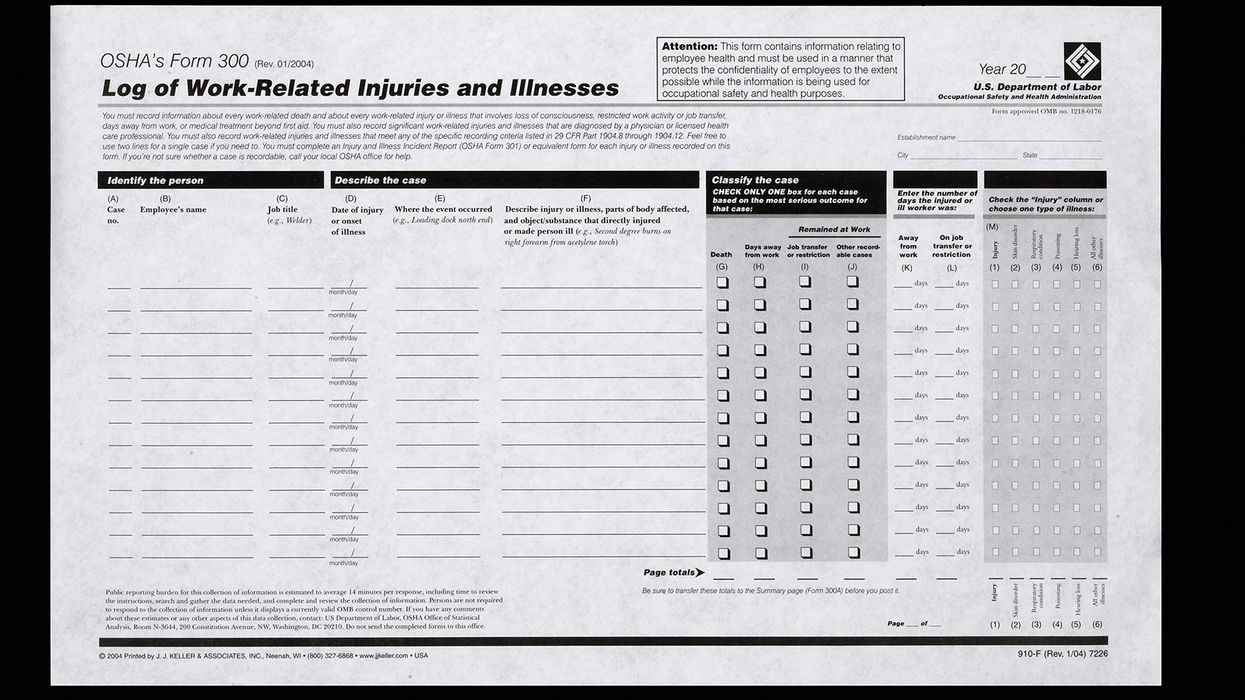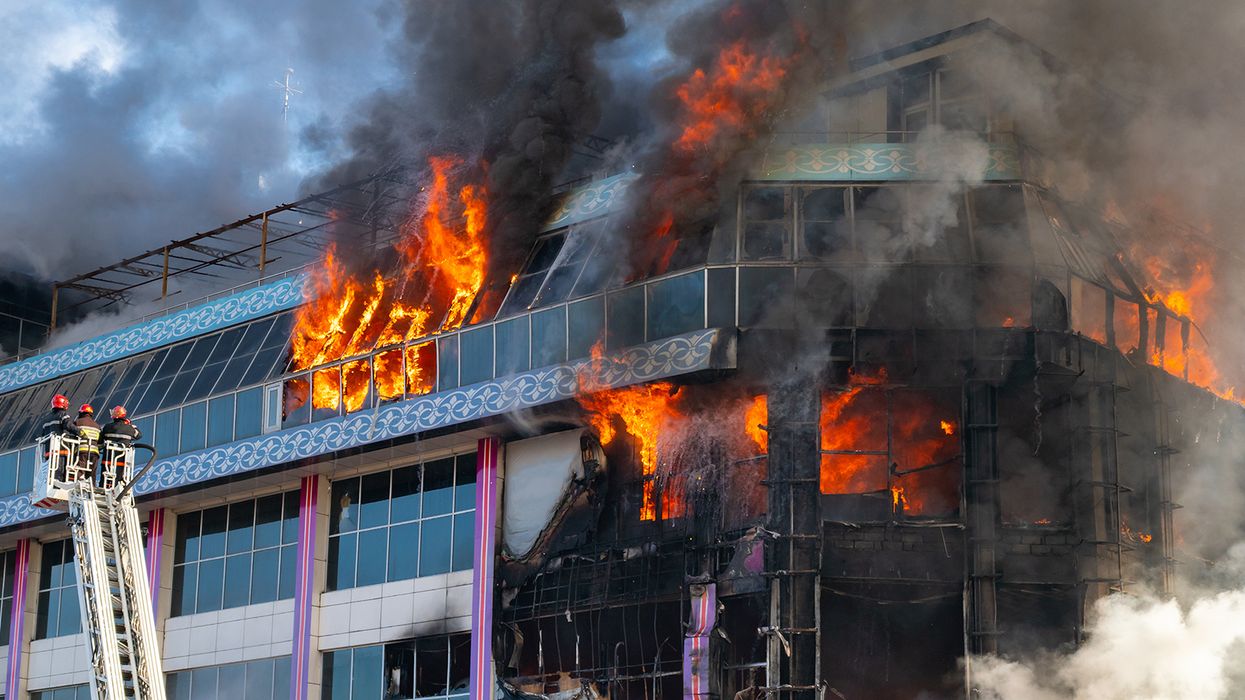Check out latest OSHA pubs on tank cleaning, cannabis industry, temp workers, and more
OSHA issued several new fact sheets and publications, ranging from the hazards of tank cleaning to allergies in the cannabis industry, monkeypox, and temporary workers in construction. These publications don’t create new regulations or obligations but rather provide guidance and information on specific topics and how they relate to existing OSHA laws and regulations.
Enclosed tank cleaning
Two maintenance workers died after vapors from leftover gasoline in a tank car displaced oxygen, resulting in a hazardous atmosphere. One worker was overcome and the second died while trying to rescue the first. An investigation revealed the employer didn’t test the air inside the tank before letting workers enter.
A FatalFacts bulletin (Issue No. 21-2025) explains that employers performing permit-confined space operations in enclosed tanks must develop and implement a written program for safe entry operations, following the requirements at 29 CFR 1910.146. The bulletin describes how to prevent these incidents and provides a list of related standards and resources.
Occupational allergies/asthma in cannabis industry
Another FatalFacts bulletin (Issue No. 20-2025) focuses on the first known occupational asthma fatality in the cannabis cultivation and production industry. OSHA notes that employees in this industry are at increased risk of work-related allergies due to the magnitude of cannabis dust as well as limited awareness of this hazard.
A recent study showed that over 70 percent of current cannabis workers reported allergic and/or respiratory symptoms! These included irritation of the eyes, nose, and/or throat; coughing; shortness of breath; and skin conditions such as a rash or hives.
The bulletin describes lung hazards and work-related allergies in the cannabis cultivation and production industry, offers prevention strategies, and provides a list of applicable OSHA standards and resources.
Mpox/Monkeypox virus
Although the risk for mpox in most work settings is extremely low, workers whose duties may involve close personal contact with an mpox-infected person or animal are at greater risk. These include healthcare workers, workers in congregate settings such as group homes or hotels, and animal care workers.
Mpox is classified as a high-risk pathogen because it can be easily transmitted from person-to-person through close contact, which poses a danger to public health. It can spread through direct contact with an infected person or animal, including close contact with contaminated materials such as bedding, clothing, and towels.
OSHA FactSheet (FS-4191) describes mpox signs and symptoms, worker exposure risks, precautionary measures, and applicable OSHA standards.
Temporary workers in construction
OSHA’s Temporary Worker Initiative (TWI) focuses on compliance with safety and health requirements when temporary workers are jointly employed by a staffing agency and a host employer. The agency has published TWI bulletins addressing specific regulatory topics like personal protective equipment, powered industrial trucks, bloodborne pathogens, and hazard communication. The most recent bulletin, TWI Bulletin No. 15, provides guidance on construction industry employment. Industry hazards include falls from heights, heat exposure, electrocution, and struck-by and caught-in-between hazards.
The bulletin addresses responsibilities of the staffing agency and host employer, and what each can do to ensure the safety of temporary workers in the construction industry. OSHA reminds employers that temporary workers have the same protections as all other covered workers under the Occupational Safety and Health (OSH) Act.
Earlier publications
Publications issued by OSHA earlier this year and late last year touched on:
- Whistleblower protections (OSHA FS-3812 – 2025),
- Lithium-ion battery safety (OSHA FS-4480 – 2025),
- Protecting personally identifiable information (PII) (OSHA FS-4388 2025),
- Safety in semiconductor manufacturing (OSHA fact sheet 2025), and
- Workplace violence (OSHA FS-3509 2024).
See our related article Just the facts! New OSHA pubs address lithium-ion batteries, workplace violence, more.
Key to remember: Employers can look to OSHA’s newest publications for guidance on a variety of topics.






















